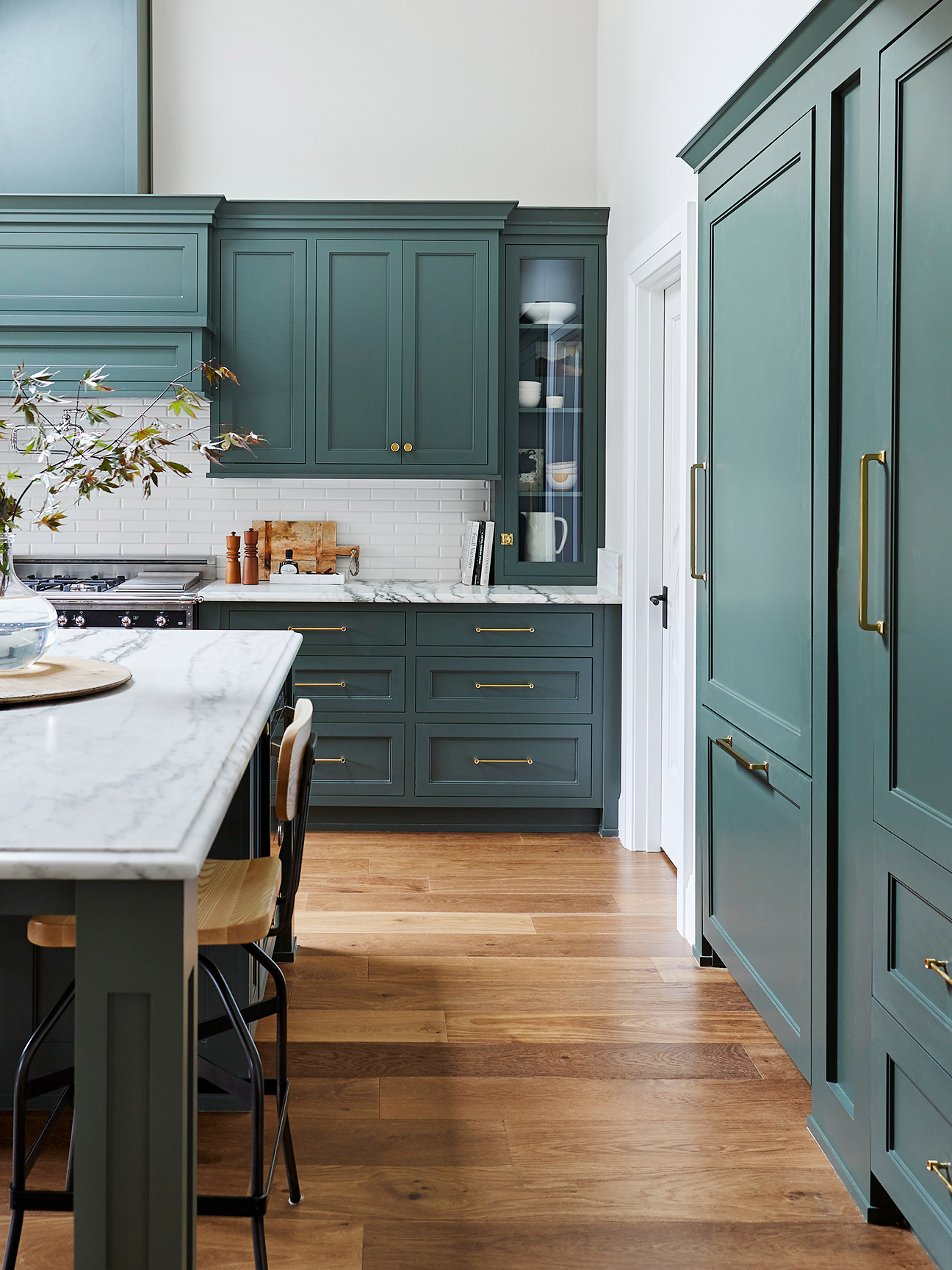We may earn revenue from the products available on this page and participate in affiliate programs.
Renovating is exciting and expensive. Prices creep up further when things go wrong. And for anyone who’s ever watched a minute of HGTV, you know things can definitely go wrong. Getting your head around real-life timing and costs is the first step in managing expectations, not to mention your bank account. We talked to Jean Brownhill, CEO of Sweeten, a site that matches contractors with homeowners, to gain some insight into the most costly common mistakes and how to avoid them.
Prepare for Fees
Applying for permits is usually a necessary first step in any renovation process, yet associated application and filing fees often come as surprise costs to renovators. Brownhill suggests checking out this guide for what you need permit-wise (plumbing, electrical, modifications) and preparing yourself to spend anywhere from $300 to $5,000.
Move Out
Think you can handle living through a reno? “It only works if you can accept how disorienting it will be, not just with dust and dirt but with people around—lots of people!” Brownhill says. Rather than breaking the bank with last-minute hotel reservations when you reach your tipping point, budget for an Airbnb or plan to live with friends or family at least while demolition is happening. “If you can afford it,” Brownhill advises, “just move out for the whole renovation.”
Don’t Fall in Love With the New
Preview how things patina. High-maintenance and natural materials like unlacquered brass, soapstone, and marble show wear and tear over time and look a lot different a year later than on day one. “What appears in the manufacturer’s catalog is the very best version,” Brownhill says. “Like brand-new white sneakers, it’s going to be very hard to keep them pristine.” Check images and blogs that show lived-with materials and discuss the pros and cons of different options, as it can be prohibitively expensive to replace big items, such as delicate, porous marble countertops, which run north of $100 per foot plus installation costs.
Allocate for Contingencies
Keep a chunk of change (Brownhill advises putting aside 10 to 15 percent of your entire budget) for that “other” column in case an inspection goes sideways or black mold is found behind the basement shower. These unplanned occurrences are what frequently blow budgets and extend timelines: Brownhill recalls a Sweeten homeowner who knew he might need new electrical panels but forgot to factor in the additional labor and material costs, as well as the cost of having to extend his rental house.
Choose Finishes at the Beginning
Decision fatigue is real. Landing on small but high-impact details like faucets, fixtures, hardware, and trim can be overwhelming (the sheer number of options and combinations is mind-numbing) and not a good idea to defer until the end of the project when you’re tired and taxed and just want everything done. “All of a sudden your whole identity is wrapped up in what color grout to choose,” Brownhill says of homeowners who become paralyzed by end-of-project decisions. And while this choice may seem minor, having to regrout is extremely labor intensive and expensive. If you do punt on deciding certain finishes until the last leg of a renovation, Brownhill suggests repeating the following mantra to avoid obsessing over your bathroom sink drain pipe: “Focus on the overall design; if it’s 95 percent there, that’s okay!”
Discover more renovation tips: This Is How Much You Can Make Flipping a House I’ve Renovated Over 30 Kitchens: This Is My Top Tip for Remodeling on a Budget We Bought a 19th-Century Church and Turned It Into a Bed-and-Breakfast—Here’s How
